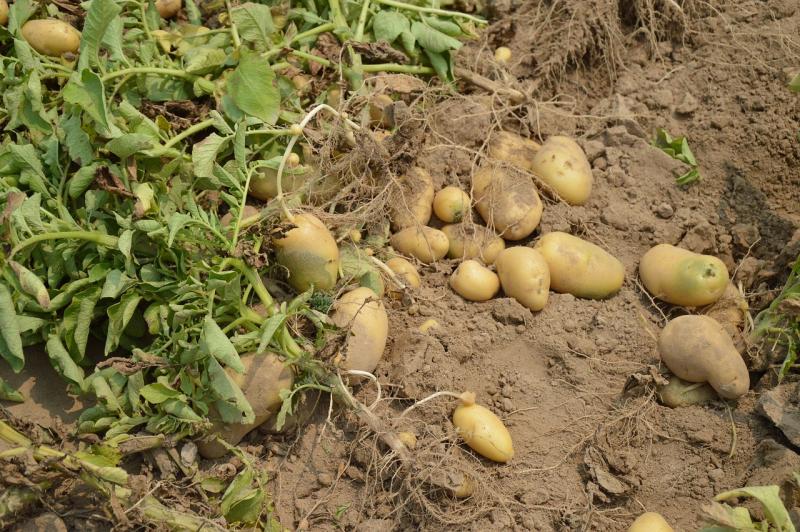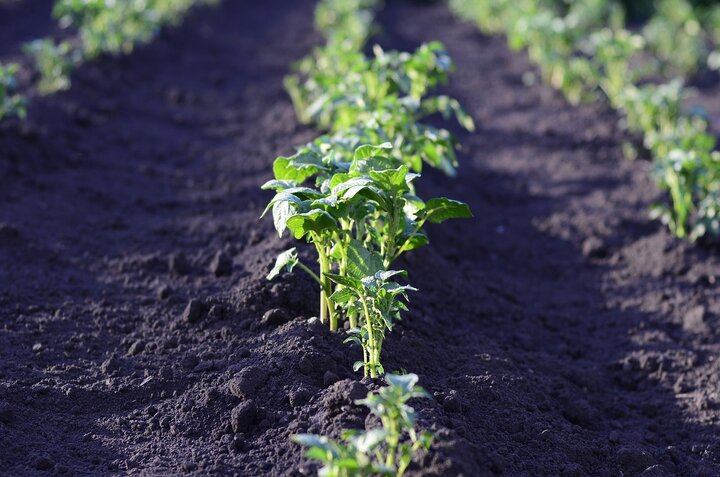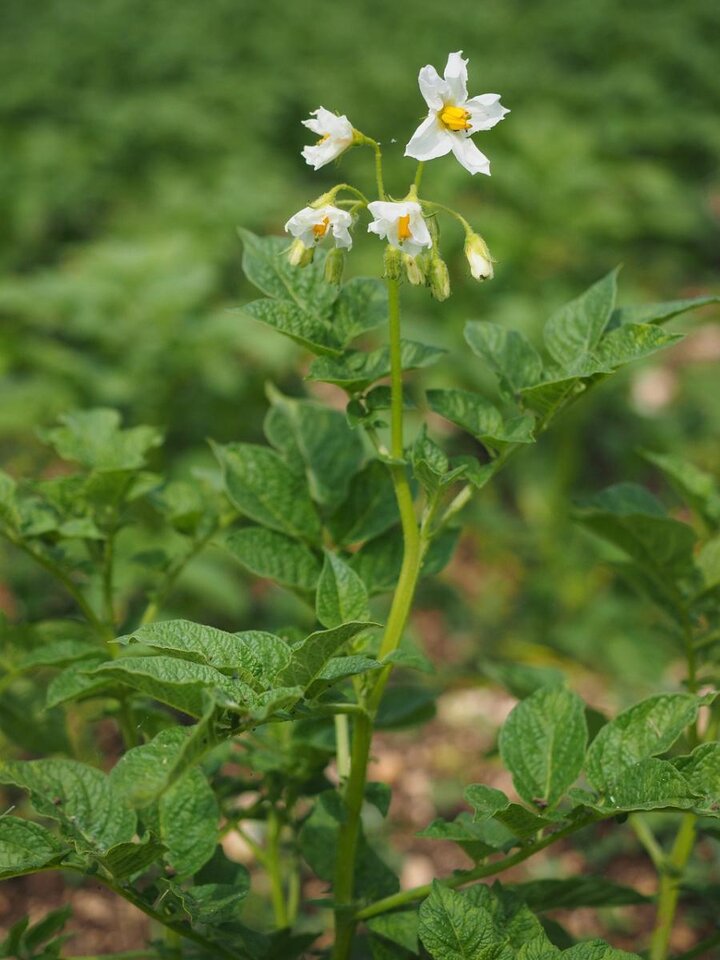Sarah Browning, Nebraska Extension Educator

Freshly dug potatoes taste better than any you'll buy at a grocery store. Image by Pixabay.com
Back before supermarkets, when gardens supplied the vegetables put on the table, the last of the potatoes in the storage bin were used for seed potatoes. Experienced gardeners set aside their blemish-free, healthiest potatoes for seed. Today you can go to the garden center and select from several varieties.

If you choose to cut your seed potatoes into smaller pieces, cut them two days prior to planting. This allows the cuts to callus or heal over slightly. This prevents soil-borne diseases from infecting your potato crop.

If your potato crop suffered from scab disease in the past, move your potatoes to a different section of the garden. This will help prevent further scab infection. Potato scab appears as rough patches on the skin of the potatoes.
Depending on the warmth of the soil, potato plants will begin to emerge from the soil one to three weeks after planting. When the plants are about a foot tall, use your hoe to mound six to eight inches of soil continuously along the entire row of plants. This is called hilling. Hilling ensures that the potatoes will grow deeply under the soil, away from sunlight which would cause them to become green. Keep the potato plants evenly watered while they are growing.

Before storing them in a cool, dry and dark place, make sure the surface of your freshly dug potatoes have dried a bit. Spread them out in a dry spot out of direct sun, such as a garage or shed, for a day or two before putting them in storage.
Freshly dug potatoes taste better than any you'll buy at a grocery store. Grow some yourself and discover how easy and fun it is to produce a crop of delicious potatoes for your family.
Images from Pixabay.com
The author would like to acknowledge the contribution of Don Janssen, UNL Extension Educator who authored the first edition of this publication.